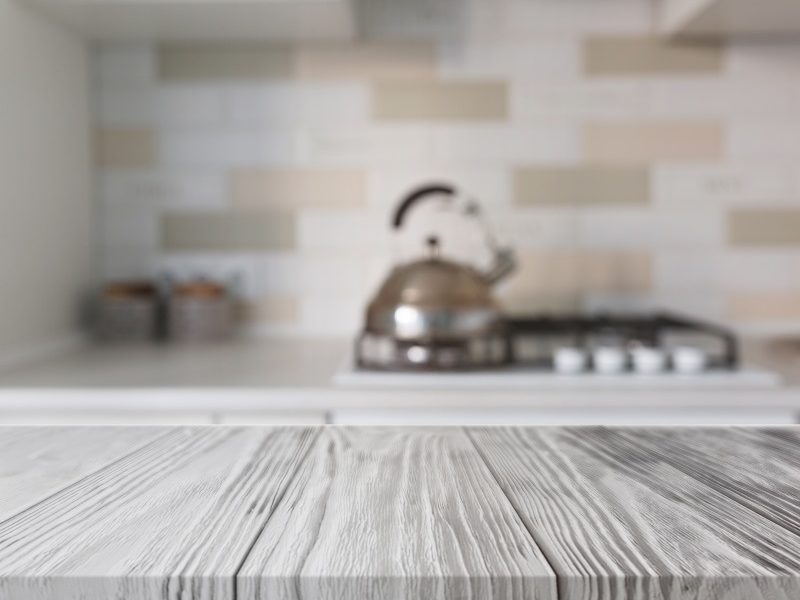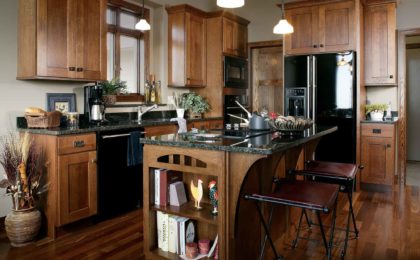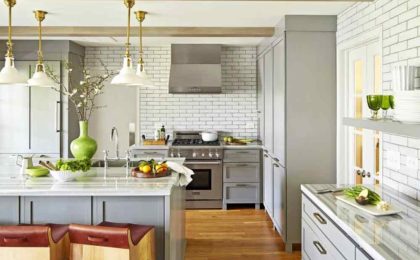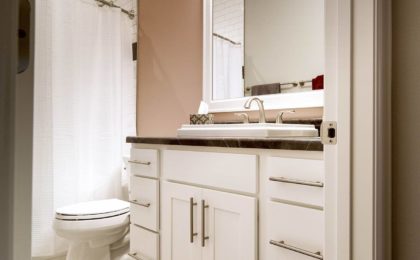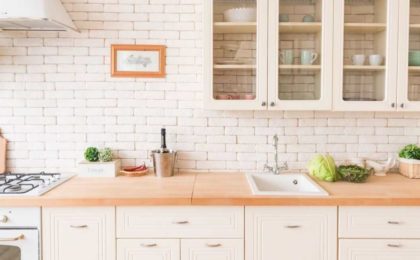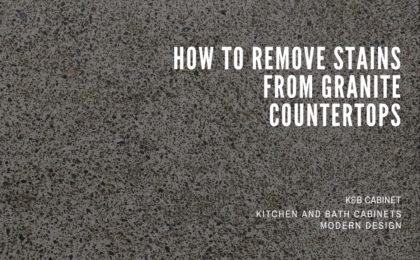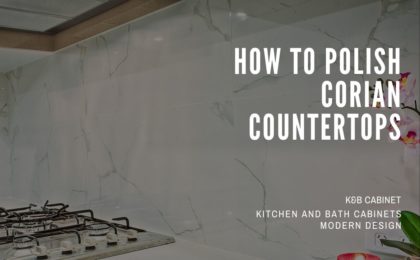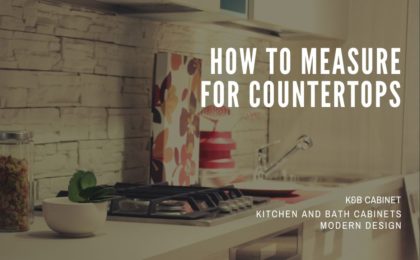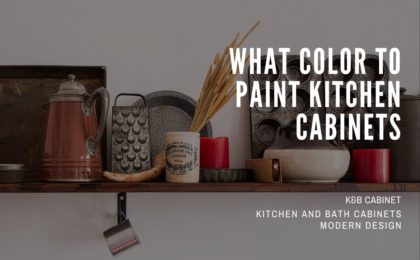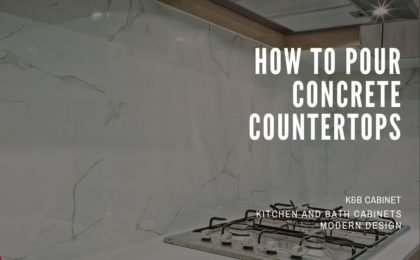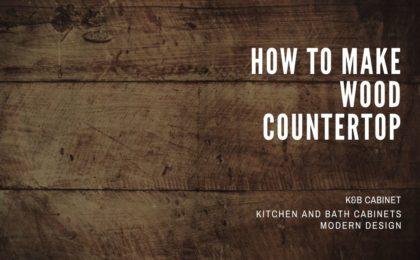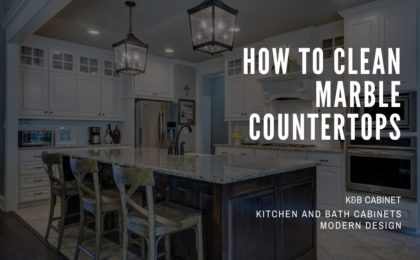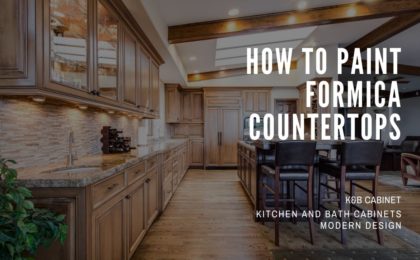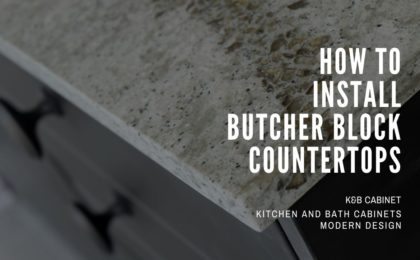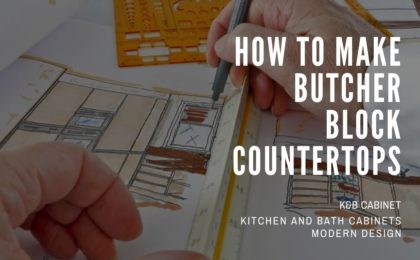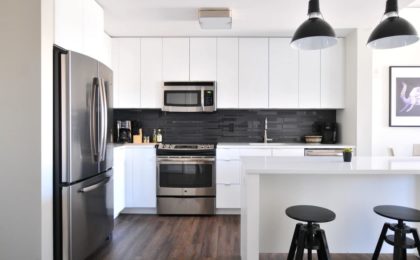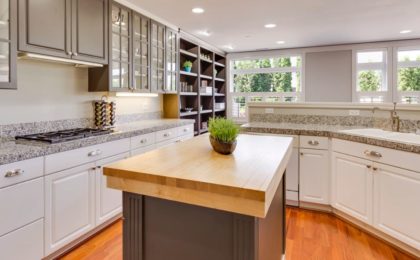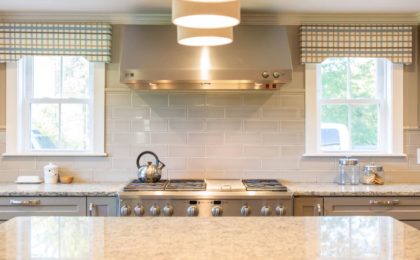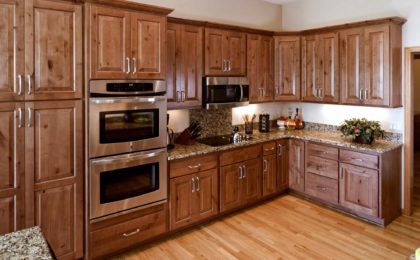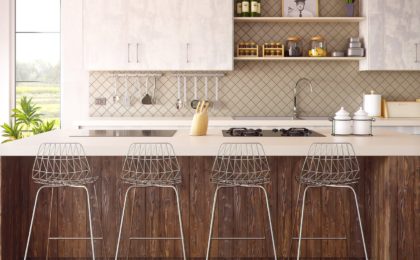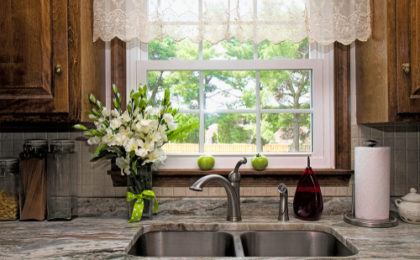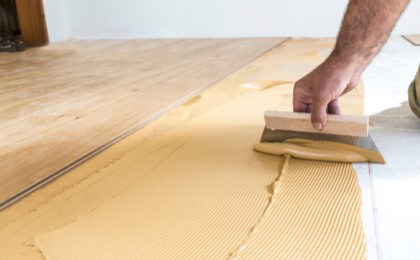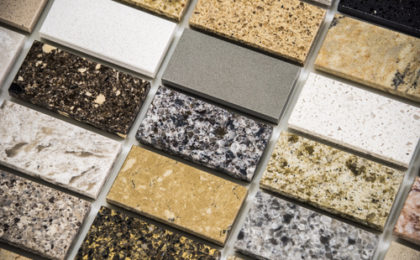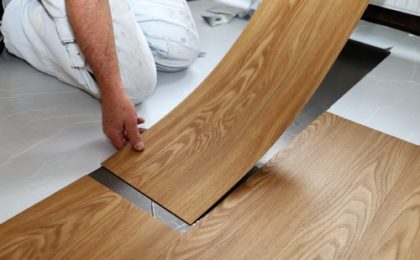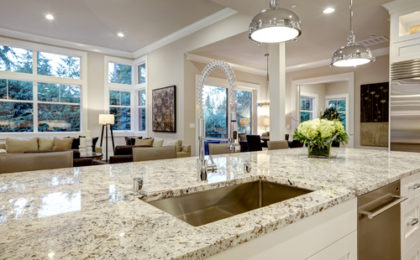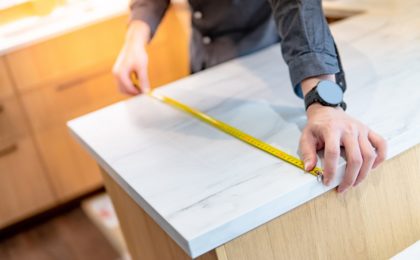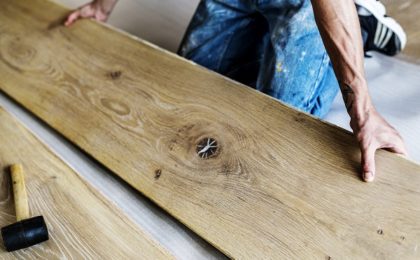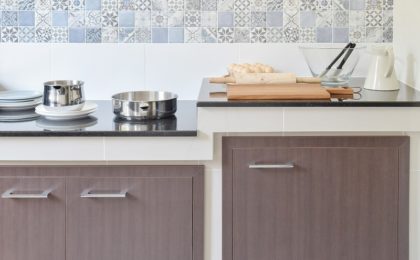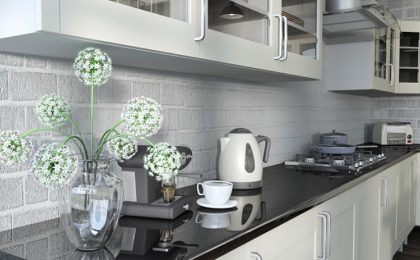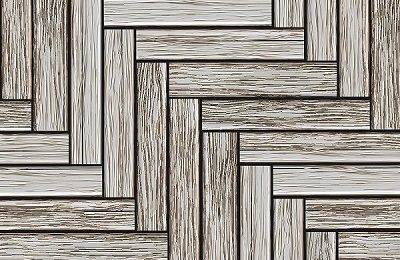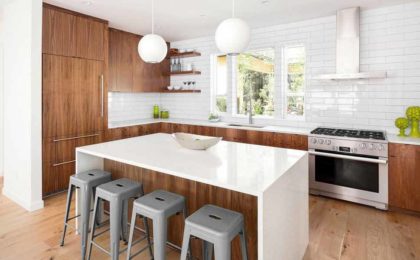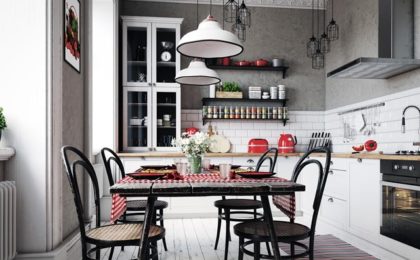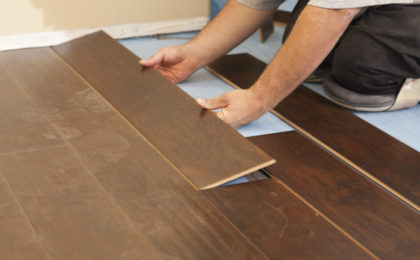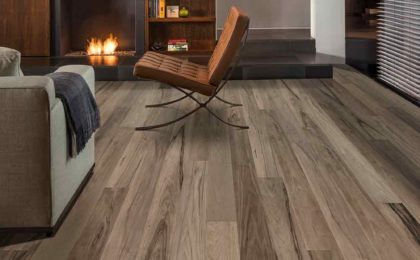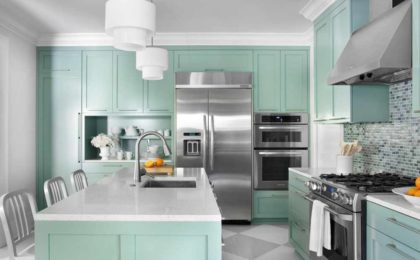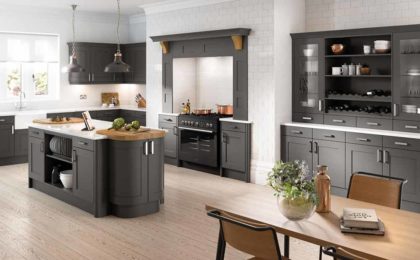Most of our time is in the kitchen. So we’re going to discuss how to make concrete countertops. The choice of kitchen materials is very important in terms of the healthy use of the kitchen for many years, aesthetic stance and functionality.
Especially the kitchen counter is a surface that we actively use when cooking, and its material must, therefore, be carefully selected. Is it a durable material that we can use for many years to make this choice? A stain-repellent material? Or is aesthetics important?
Material Selection for Countertops
New materials are being produced day by day, we are left alone with thousands of varieties, making it harder to choose. When choosing materials, the durability of the material and the suitability to our eye taste are the most directing features. Some materials require more care and care in use, while some materials, on the contrary, become highly deformed, gaining value over the years. The main reason for addressing the question of how to make concrete countertops is that concrete countertops are both solid and do not hold dirt.
When choosing materials for the kitchen countertops, note that many kitchen designs use different materials together. Do not hesitate to choose different materials together if it suits the general concept and color scheme of your kitchen.
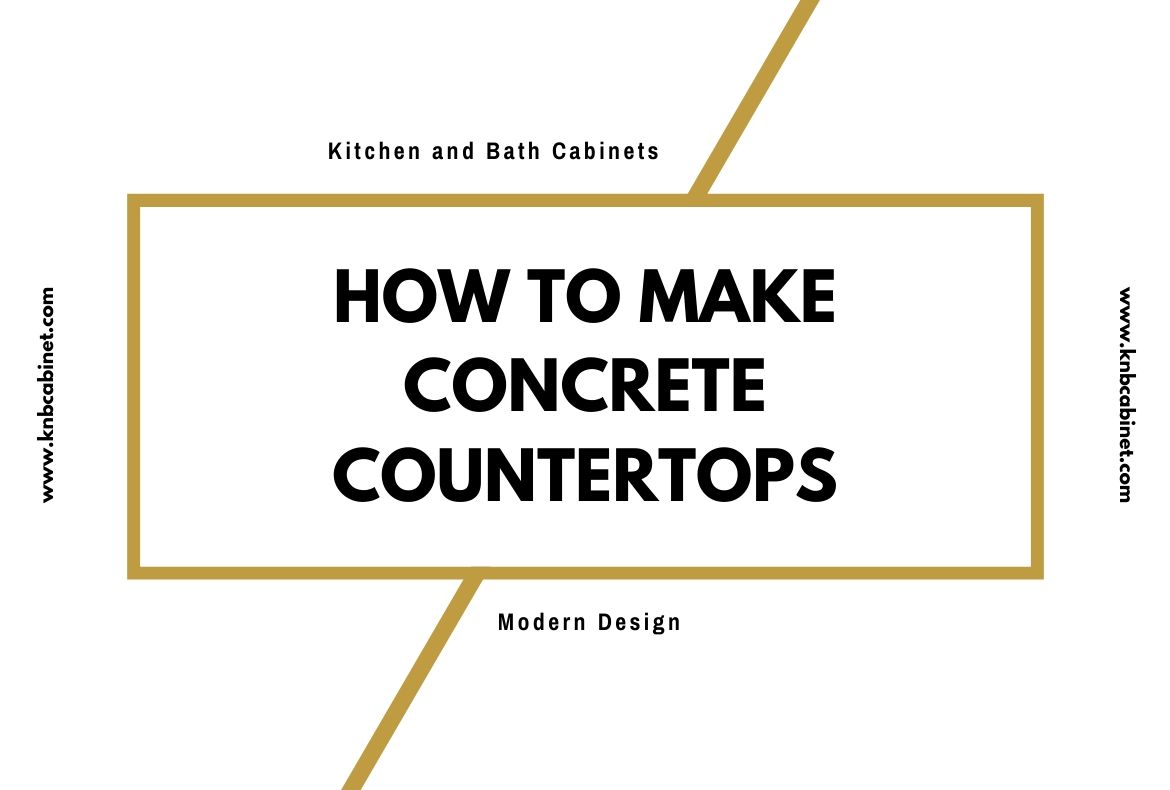
Concrete, not only being a part of rough construction with different usage areas and applications, has entered our interiors as an industrial and stylish element. Concrete has been preferred in kitchens as counter material.
How to Make Concrete Countertops
Concrete countertops that can be produced at different heights are sometimes prepared in blocks and sometimes cast. Concrete countertops consisting of water, binder, cement and filler sand, gravel and stone materials should not be in contact with chemicals and should be cleaned with soap in order not to deform.
Concrete countertops that can be sensitized by use in the kitchen should be maintained frequently. To avoid direct contact with food, a concrete surface protector that is harmless to health should be used every few years, otherwise porous countertops can absorb and staining liquids.
High temperature, direct use of penetrating and cutting materials should be avoided and direct contact with the sun should be prevented. In this article, we have answered the question of how to make concrete countertops. If you want to take a look at more models, please visit our designs page. You can also get detailed information by contacting us.
How To Make Concrete Countertops
Building your own kitchen countertops gives you the advantage to get the design of your own choice and to be very specific about the countertop’s look and style. And if you are looking for a cheap yet durable countertop then concrete countertops are just the thing that you need. Concrete countertops have definitely come a long way forward from the boring slabs of the past. Technological advancements have given concrete a great boost in the field of architectural-grade products and have placed it alongside popular options like stone and wood options. If you too want to incorporate this cheap material that can easily last a lifetime provided some basic maintenance then we are going to explain to you how to make concrete countertops.
Through this article we are going to explain how to make concrete countertops and give all the information and skills required to do this on your own.
Create the Mold
Measure the base upon which the countertop is to be installed. Then using these measurements, cut the required strips out of a melamine or a wooden board to make the mold. Be careful to take a few centimeters more than the exact measurements to give room for finishing later on. After you have cut all the sides, attach them together using nails or screws to create a tight fit. The corners should be tightly fitting so that the wet concrete doesn’t come out.
Prepare the bottom board
The bottom part of the mold will be the top facing part of your countertop, so it is very important to make that surface extremely smooth. Cut the dimensions for sink and faucet from the bottom board to create space for installations. Then, run a silicone bead in all the inside corners and seams and smoothen them using your fingers. The silicone will seal the joints of the mold and prevent the wet concrete from coming out. Once the silicone dries up, carefully clean the mold to remove any sawdust or other debri. Now your mold is ready.
How To Make Concrete Countertops | Insert a frame for support
A sturdy internal frame made with steel rebars will hold the concrete in place and prevent it from breaking away. Measure and cut steel rebars using a cutter to fit the mold. Then lay them in a criss cross pattern on top of one another and tie them up using metal wires. This will prevent your countertop from cracking off. Then place small stones on the base and rest this rebar frame on top of them. Now your mold is ready for the concrete pouring.
Prepare the concrete mixture and pour it
Prepare a mixture of sand, loose gravel, cement and water to get concrete. Keep the proportions of sand: gravel: cement in the ratio 3:4:3 and mix enough water to prepare a thick concrete mixture. If you want to add color to your countertop, then you can also add color pigments to the mixture. After the mixture is ready, pour it out in the mold while constantly shaking it to remove any air bubbles. Smoothen the top part with a trowel and cover it up with a plastic sheet and allow it to dry overnight. Once dried, keep on pouring water on top of it every 5-6 hours for 2 days to strengthen it.
Remove the Mold and Finish the Slab
Remove the screws and pry out the sides of the mold. Then take out the concrete mold with the help of a small pulley crane as it will be very heavy. You may also call for some manual help. Turn the concrete slab over and grind the top face, sides and edges using a 220 grit sandpaper to give a smooth and curvy finish. You can paint the countertop or apply a coat of epoxy coating on top.
Your concrete countertop is ready to be installed. These are the easiest steps that tell you how to make concrete countertops. You can also visit us at K&B Cabinets for professional help in helping you with your kitchen countertops. Feel free to contact us anytime.
